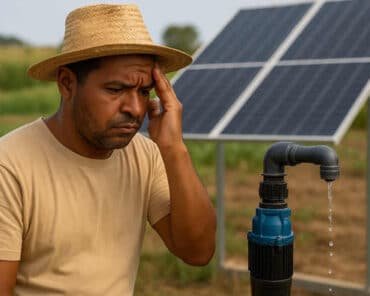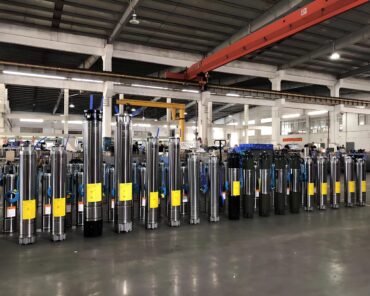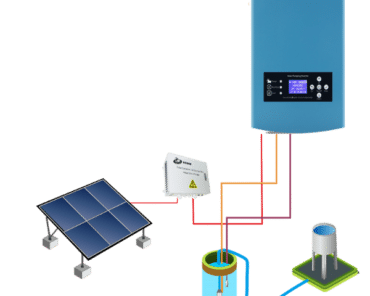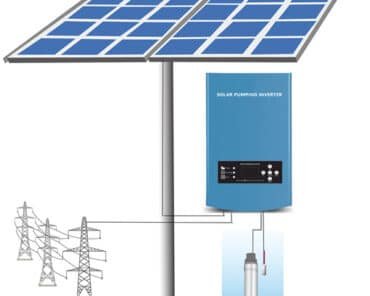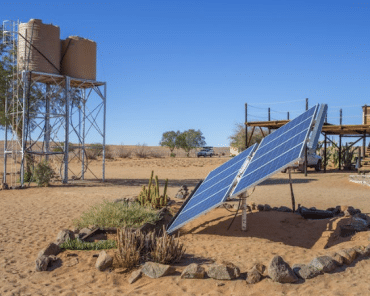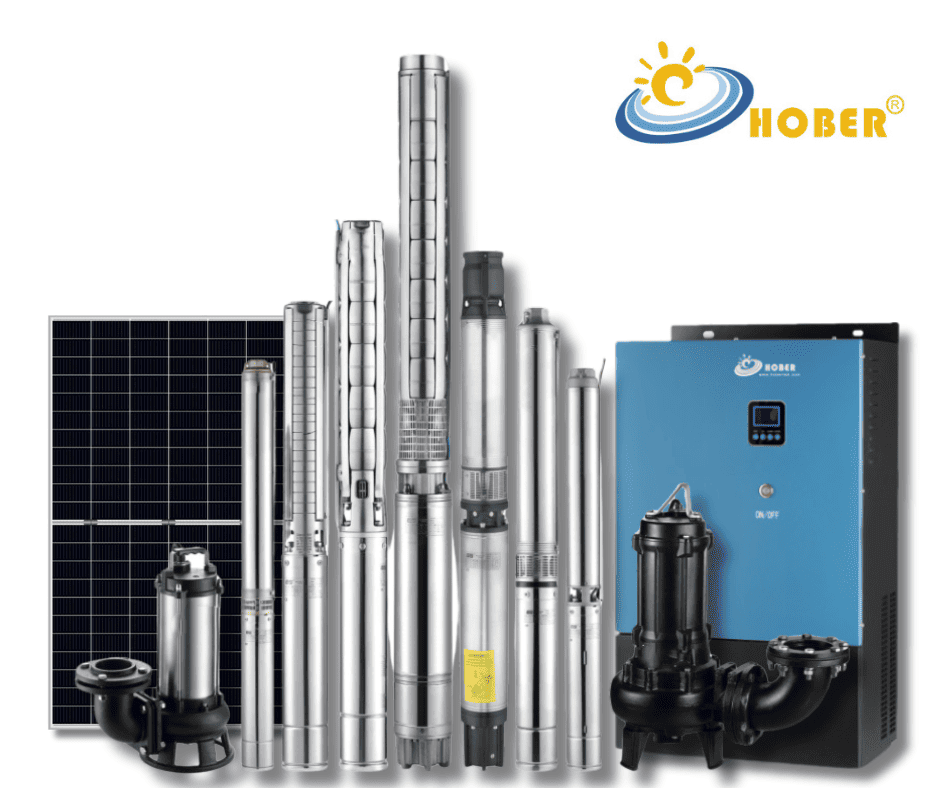When connecting solar panels to an inverter, many customers worry:
“If my panels generate more current than the inverter datasheet shows, will it cause damage?”
The answer is: No, the inverter regulates itself. Let’s explain why.
1. Solar Panels vs. Inverter Input
- Example: A 5.5 kW inverter can accept up to 7,000 W PV input.
- Even if your solar array could generate 100 kW, the inverter will only take 7,000 W.
- Extra panel capacity is simply unused — not harmful.
2. Inverter Current Limitation
- Every inverter datasheet shows a maximum PV input current (e.g. 14 A).
- This value is a hard design limit — not just a recommendation.
- If PV voltage is 500 V, the inverter will cap input current at 14 A.
- Even if the panels could supply 200 A, only 14 A is taken.
3. A Simple Analogy
- A car engine may reach 200 km/h.
- Driving at 80 km/h does not damage the engine.
- Similarly, your inverter only “drives” at the speed it is designed for, no matter how powerful your solar panels are.
4. Practical Guidance
- ✅ Respect datasheet limits (voltage & current).
- ✅ Oversizing PV power is acceptable if current/voltage stay within range.
- ❌ Do not parallel strings if combined current > inverter limit.
✅ Key Takeaway
The inverter self-limits its input current and power. Oversized panels will not damage it, but you must respect the datasheet limits.
At Hober, our solar pump inverters are engineered with strict protection to ensure safety and reliability. For any project, our team provides string sizing and design support so you can build systems with confidence.
📩 Contact us: sales@hobertek.com
🌐 www.hobertek.com

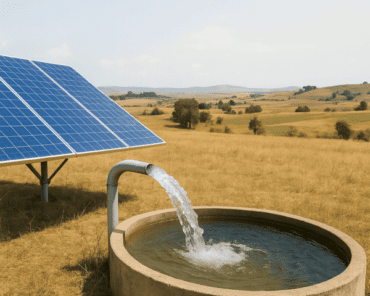
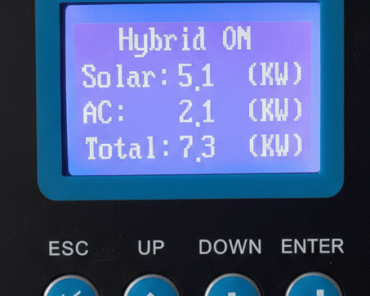
](https://hobertek.com/wp-content/uploads/2025/03/solar-pump-inverter-for-irrigation-efficient-water-pumping-solution-370x296.png)
